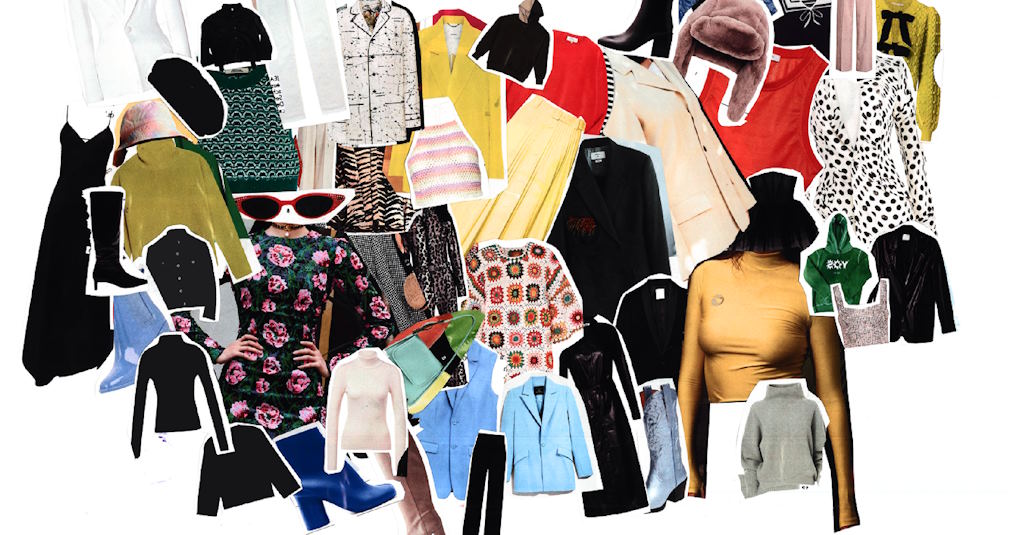In the ever-evolving realm of style and self-expression, fashion transcends mere clothing to become a powerful reflection of culture, society, and individual identity. As trends ripple across borders and cultures in an increasingly interconnected world, it becomes evident that fashion is not just a personal choice but a profound expression of shared cultural narratives. The dynamics of fashion trends are intertwined with the rich tapestry of human history, shaped by the traditions, beliefs, and aspirations of diverse societies.
Cultural Elements Impacting Fashion Trends
Traditional Clothing and Textiles
The legacy of traditional clothing and textiles resonates deeply within contemporary fashion, as designers draw inspiration from historical attire that encapsulates cultural heritage. The evolution of traditional garments into modern fashion pieces showcases the enduring influence of heritage on style. From the graceful drapes of a saree to the intricate beadwork of a Native American headdress, traditional clothing serves as a wellspring of creativity for innovative designs that pay homage to cultural roots. Moreover, the fusion of ethnic fabrics and patterns into modern designs breathes new life into age-old textiles, forging a bridge between heritage and modernity.

Socio-economic Factors
Fashion preferences are often intertwined with socio-economic conditions, reflecting both individual aspirations and societal norms. Economic fluctuations can shape consumer choices, influencing the demand for luxury versus practicality. The cultural implications of luxury and status symbols are particularly noteworthy, as they reveal how societies perceive and showcase affluence. Whether through opulent materials or exclusive brand affiliations, fashion becomes a canvas for the interplay between culture and economic stratification.
Religion and Spirituality
The intersection of religion and fashion is a captivating discourse, as religious attire becomes a source of inspiration for sartorial innovation. The impact of religious attire on fashion trends reflects the reverence and symbolism that cultural and spiritual practices hold. Yet, the thin line between appreciation and appropriation is ever-present, necessitating cultural sensitivity. Designers navigate the challenge of creating religious-themed fashion that respects the sanctity of beliefs, ensuring that creativity does not transgress into insensitivity.
Art, Music, and Pop Culture
Art movements and pop culture exert a magnetic pull on fashion, shaping aesthetics and trends in intriguing ways. From the abstract influences of Cubism to the rebellious vibes of punk rock, art movements have served as wellsprings for fashion inspiration. Furthermore, music icons and celebrities wield considerable influence in setting trends, propelling certain styles into the global spotlight. The interplay between fashion and cultural expressions like music showcases the symbiotic relationship between creative mediums.

Globalization and Fusion of Cultural Fashion
Rise of Multiculturalism in Fashion
The contemporary fashion landscape is a testament to the beauty of multiculturalism, with designers seamlessly blending diverse cultural elements into their creations. From the vibrant hues of African prints to the intricate embroideries of Central Asian textiles, fashion has become a canvas for celebrating the rich tapestry of global cultures. However, this fusion prompts important conversations about the delicate balance between celebrating diversity and cultural appropriation. While some designers authentically honor cultural traditions, others inadvertently tread the line between admiration and insensitivity.
Cross-Cultural Collaborations
In a world characterized by interconnectedness, cross-cultural collaborations have become a driving force in fashion innovation. These partnerships foster intercultural exchange, leading to extraordinary creations that harmoniously blend artistic visions from different corners of the world. Yet, the challenges of maintaining cultural authenticity in such collaborations are undeniable. Balancing the integrity of each cultural influence while creating a cohesive design is an intricate task, requiring careful consideration to avoid dilution or misrepresentation.
